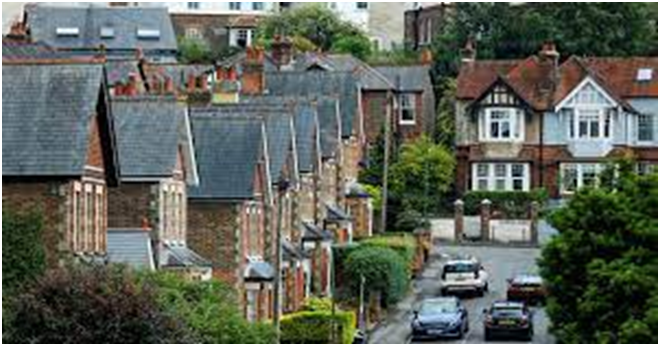Building surveys are normally undertaken by experienced surveyors such as those from Building Survey Manchester company Sam Conveyancing, whose job is to identify and report on any defects or poor areas of the property. A full building survey is usually carried out within one to three months of when the home was constructed. The valuation of the home will depend upon the extent of the defects and problems detected. These include such issues as structural deficiencies, lighting, insulation, heating efficiency, sound insulation, plastering, roofing, dampening, and non-standard external/internal drainage systems.

The condition of the home can often determine how accurately the valuation is undertaken, as can the general condition of the home buyer. If there are significant or noticeable defects or problems, they may have an adverse effect on the validity of the valuation. It is therefore essential that the home buyers report any problems that they detect during the building survey so that these defects can be identified and reported on. In the event that the home buyer detects any defects in the property which significantly reduce the likelihood of obtaining a good valuation for your property, it may be in their interests to either repair or replace the problematic item(s) prior to reporting them to the Surveyor.

It is not just the property itself that can require repairs or replacements; external structures (such as fences and man-made walls) may also require repairs or replacements. All builders, contractors, and surveyors must prepare a list of items that require special attention before conducting surveys on these properties. This list is referred to as ‘Expenditure List’. This is often used by the Surveyors as a guideline when determining the costs associated with repairing or replacing the items. However, it should be noted that the Surveyors may take into consideration their own individual opinion as regards the costs for various items that are on the Expenditure List and where there are obvious variations between the costs of similar items within the same properties Surveyor’s Estimate and the actual costs incurred by the contractor or builder undertaking the work.
One final issue that may arise from a building survey is that of changes in architectural style or planning that would require the immediate attention of a professional surveyor. Most modern surveys allow for these situations and it is worth checking with your Surveyor about exactly what changes you would need to make to your property in order to ensure that your home report remains accurate at all times. It can be a little frustrating dealing with reports that don’t match up from one survey to the next, but if you spend the time to double-check your reports there is a good chance that you will not be facing any big surprises along the way.





